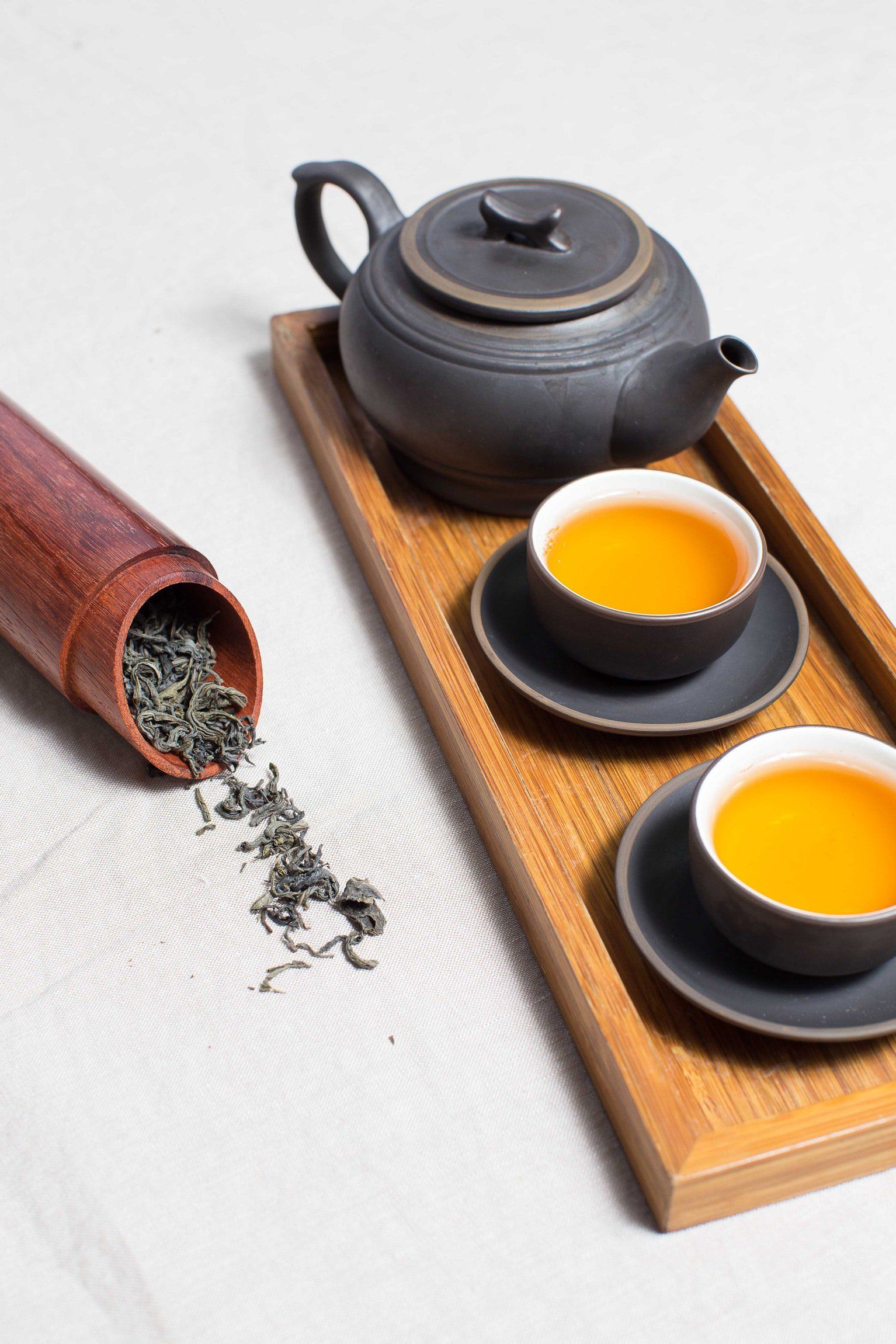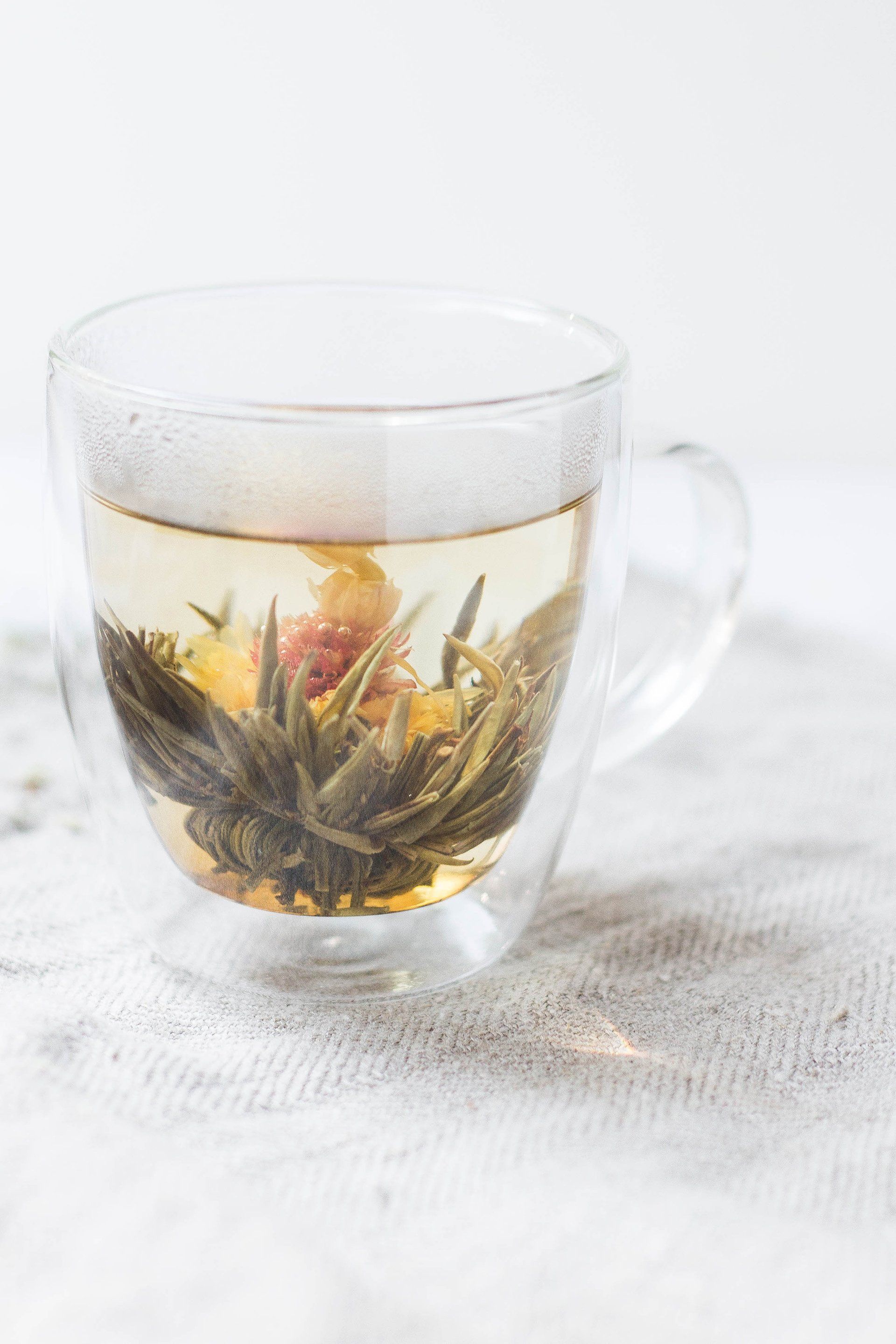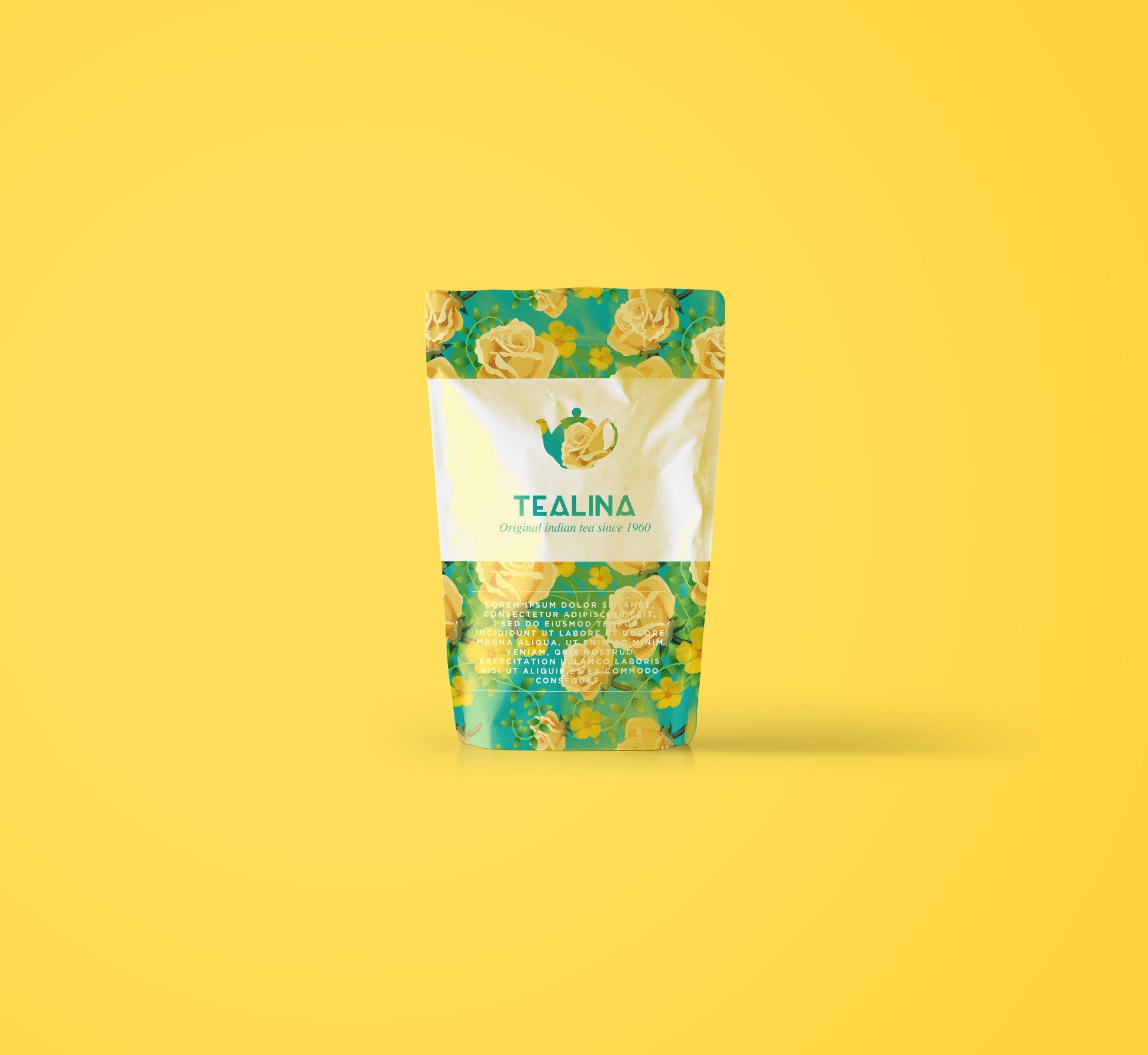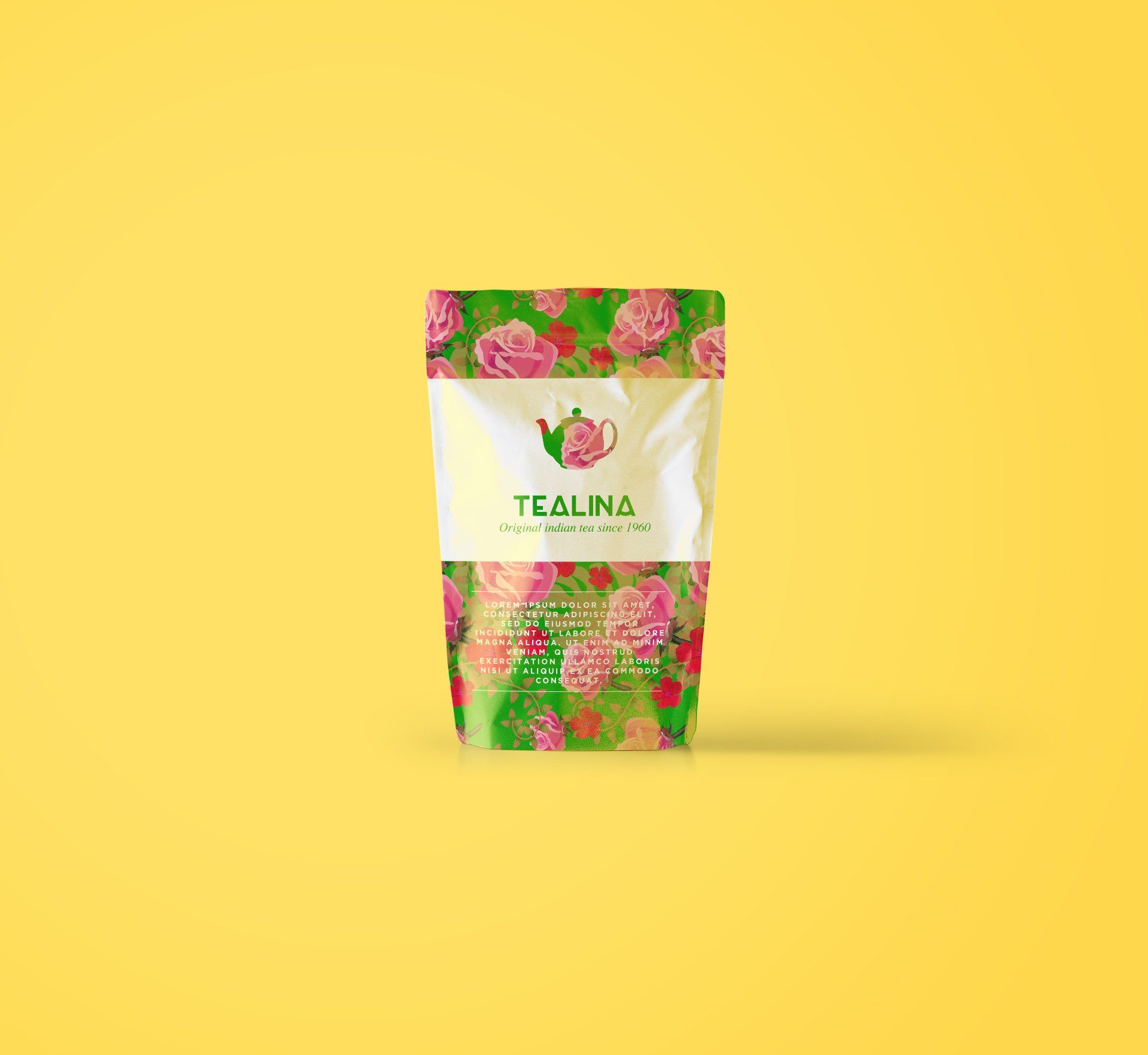Kallitypes
Kallitypes
silver nitrate and ferric oxalate process
silver nitrate and ferric oxalate process
Kallitypes combined silver processes and iron processes. It is a good process to try if you want a monochromatic black and white look but do not want the expense of platinum or palladium.

Slide title
Write your caption hereButton
Slide title
Write your caption hereButton
Slide title
Write your caption hereButton
Slide title
Write your caption hereButton
Slide title
Write your caption hereButton
Some info
Some info
Kallitypes were invented somewhere in the late 1880's-early 1890's. As it is a hybrid child working from two different photo families, it is not surprising that there were several versions of this process coming out from several photographers around the same time. Platinum palladium uses ferric oxalate. Vandyke, Salted Paper, Albumen, and wet plate all use silver nitrate. The Kallitype process has the speed of silver and using ferric oxalate requires use of a developer. Needing a developer gets you away from having to deal with too many humidity controls and you can use the various developers to change color tone.
The process
Kallitypes use SI
The emulsion for Kallitype consists of equal amounts 10% Silver Nitrate and 20% Ferric oxalate. A small percentage of a dichromate solution can be used to add contrast. (1-2 drops of a 1% ammonium and potassium dichromate is all you'd need, it can cause grain) Depending on the paper, tween 20 or glycerin can be used as a surfactant to increase paper absorption and dmax. You coat this emulsion onto your favorite cotton rag paper with a brush or a coating rod under regular room light with no uv and let dry in the dark. Once dry, expose for about 5-10 minutes depending on your light source. This process will need a developer. Develop for at least 5 minutes. If not, you'll get spotting. Then it gets cleared in a 5% sodium bisulfite and 5% edta clearing bath for about 10-15 minutes. Next you can gold tone or fix. Fixing is the final step. Make a 10% sodium thiosulfate bath for 5-10 minutes. Final wash of running water for 10-15 minutes. Now your print is finished! There will be some dry down in tone once dry.
Happy Birthday Momma! 12.24.19
8x8 Kallitype print on Kozo paper
This window reminds me of our old bathroom
8x8 Kallitype print on Kozo paper
the frost was lovely this morning8x8 Kallitype print on Kozo paper
ButtonI kept the butterfly from your funeral flowers
8x8 Kallitype print on Kozo paper



